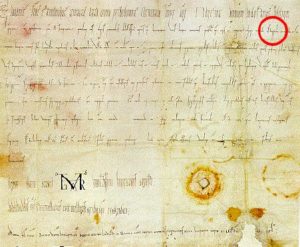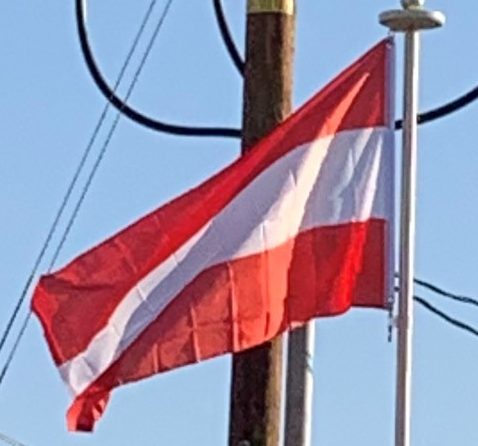
History:
Early History:
The Central European land that is now Austria was settled in pre-Roman times by various Celtic tribes. The Celtic kingdom of Noricum was later claimed by the Roman Empire and made a province. Present-day Petronell-Carnuntum in eastern Austria was an important army camp turned capital city in what became known as the Upper Pannonia province. Carnuntum was home for 50,000 people for nearly 400 years.
After the fall of the Roman Empire, the area was invaded by Bavarians, Slavs, and Avars. Charlemagne, King of the Franks, conquered the area in AD 788, encouraged colonization, and introduced Christianity. As part of Eastern Francia, the core areas that now encompass Austria were bequeathed to the house of Babenberg. The area was known as the marchia Orientalis and was given to Leopold of Babenberg in 976.

The first record showing the name Austria is from 996, where it is written as Ostarrîchi, referring to the territory of the Babenberg March. In 1156, the Privilegium Minus elevated Austria to the status of a duchy. In 1192, the Babenbergs also acquired the Duchy of Styria. With the death of Frederick II in 1246, the line of the Babenbergs was extinguished.
As a result, Ottokar II of Bohemia effectively assumed control of the duchies of Austria, Styria, and Carinthia. His reign came to an end with his defeat at Dürnkrut at the hands of Rudolph I of Germany in 1278. Thereafter, until World War I, Austria’s history was largely that of its ruling dynasty, the Habsburgs.
Middle Ages:
In the 14th and 15th centuries, the Habsburgs began to accumulate other provinces in the vicinity of the Duchy of Austria. In 1438, Duke Albert V of Austria was chosen as the successor to his father-in-law, Emperor Sigismund. Although Albert himself only reigned for a year, henceforth every emperor of the Holy Roman Empire was a Habsburg, with only one exception.
The Habsburgs began also to accumulate territory far from the hereditary lands. In 1477, Archduke Maximilian, only son of Emperor Frederick III, married the heiress Maria of Burgundy, thus acquiring most of the Netherlands for the family. In 1496, his son Philip the Fair married Joanna the Mad, the heiress of Castile and Aragon, thus acquiring Spain and its Italian, African, and New World appendages for the Habsburgs.
In 1526, following the Battle of Mohács, Bohemia and the part of Hungary not occupied by the Ottomans came under Austrian rule. Ottoman expansion into Hungary led to frequent conflicts between the two empires, particularly evident in the Long War of 1593 to 1606. The Turks made incursions into Styria nearly 20 times, of which some are cited as “burning, pillaging, and taking thousands of slaves”. In late September 1529 Suleiman the Magnificent launched the first Siege of Vienna, which unsuccessfully ended, according to Ottoman historians, with the snowfalls of an early beginning winter.
17th and 18th Centuries:
During the long reign of Leopold I (1657–1705) and following the successful defense of Vienna against the Turks in 1683 (under the command of the King of Poland, John III Sobieski), a series of campaigns resulted in bringing most of Hungary to Austrian control by the Treaty of Karlowitz in 1699.
